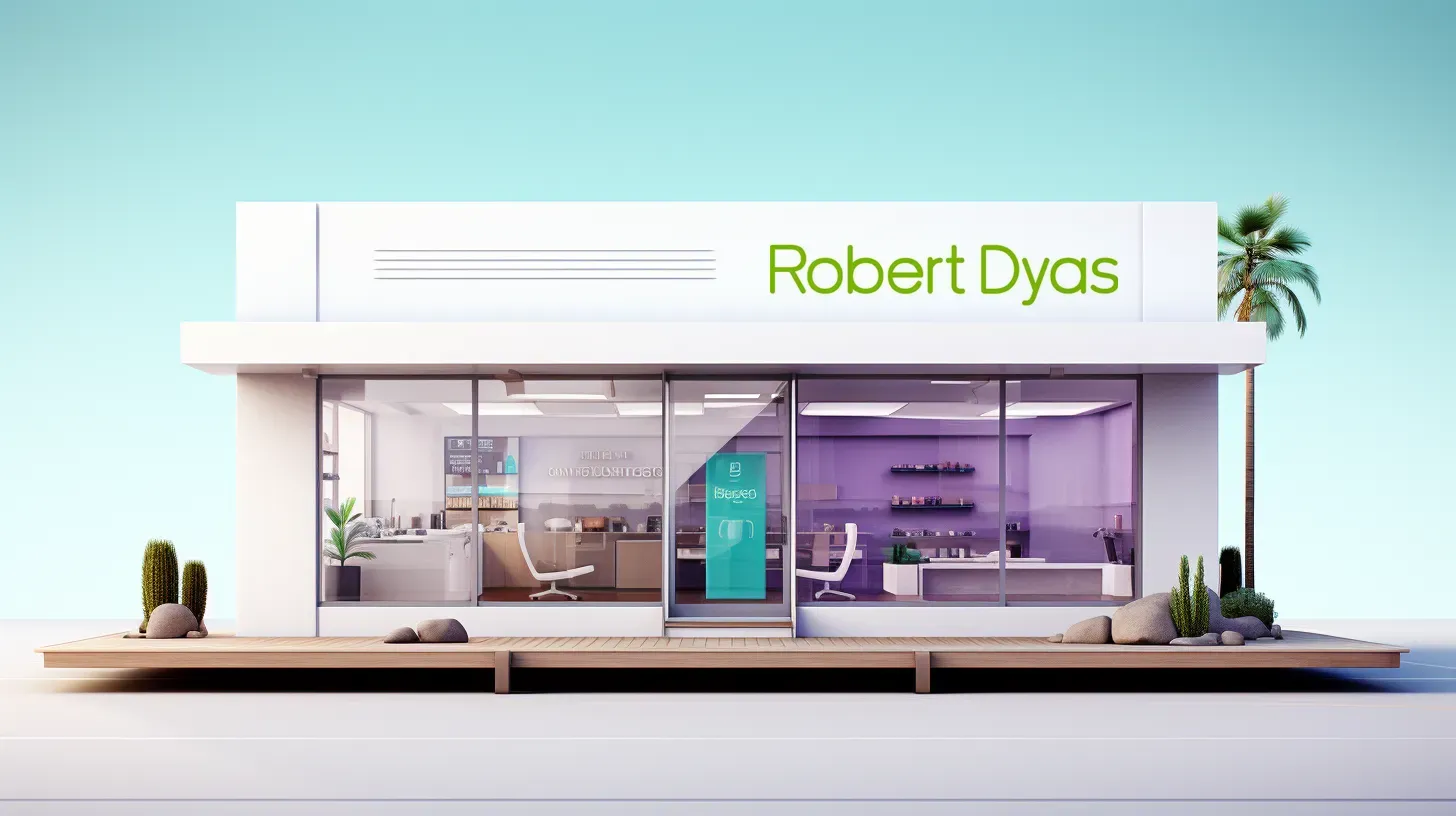How Robert Dyas revolutionized their energy practices using Facilio’s Connected Buildings solution

Over the past year, the energy crisis has highlighted the critical significance of energy optimization. Companies are facing substantial increases in energy expenses, prompting a need to reassess their current energy approaches.
This turning point, characterized by rising energy prices, offers a timely chance to rethink their energy strategies and put measures in place to future-proof operations in the event of such crises occurring again. These tumultuous fluctuations have cast a glaring spotlight on the fragility of our current systems, compelling immediate action.
Amidst these challenges, technology emerges as the linchpin to address the energy crisis and drive sustainable optimization. Innovative solutions such as smart energy monitoring, advanced data analytics, and renewable energy integration hold the potential to revolutionize the way retailers manage and consume energy.
In their recent webinar with Facilio, Robert Dyas highlighted the impact of using technology in achieving their energy targets in a record time of just a few weeks. Let us now look at their story of what led them to embark on this journey and how they went about it.
Robert Dyas: The retailer that overcame its hurdles to achieve its vision of reducing Energy Costs
In 2021, a cultural shift occurred at Robert Dyas under the leadership of new CFO Charlotte Walker. This change centered around instilling a cost-conscious culture, encouraging responsible spending akin to personal finances. As the energy crisis loomed, this mindset shift prompted Robert Dyas to tackle energy cost reduction as a strategic priority proactively.
Initially, the primary hurdle was installing smart meters across their 93 stores without disrupting operations. They surmounted this by conducting installations during off-peak hours. However, beyond the meters, Robert Dyas prioritized data coherence, rapidly standardizing information flow. Overcoming technical aspects was complemented by the more substantial task of fostering a shared sense of purpose among the team, crucial to realizing their vision.
When the energy crisis escalated, Robert Dyas had already strategically positioned itself to address energy optimization on a larger scale through their culture transformation and technology-driven strategy. This readiness allowed them to navigate intricate compliance regulations and mounting cost pressures confidently.
How Robert Dyas used stakeholder engagement to reduce energy costs
Robert Dyas managed to achieve commendable results just within a few months into their journey of transition. This was possible because of their drive to move towards a more secure and sustainable future and the robust system they incorporated.
Robert Dyas’s case highlights the importance of combining people, processes, and technology to achieve significant results. They understood the importance of having a multi-layered approach to ensure an appropriate representation of all stakeholders.
Although their team was small, it had the right mix of people to lead this journey and meet their aspirations. A key highlight of their approach was to make the energy efficiency project a part of their regular conversations at all levels to bring people together and provide them with a larger sense of ownership.
These measures aided in bringing about a behavior change in people towards energy consumption, thus achieving their goals faster than expected.
By keeping the process simple and consistent, Robert Dyas ensured that people were always involved in the project and the message remained fresh. This was possible through their monthly surveys, feedback, etc. Most importantly, they made this project a part of their regular process rather than making it an additional responsibility for the store manager.
However, the most integral aspect of this project was the technology they relied on. Robert Dyas successfully gained access to the right technology tailor-made for their needs and aspirations.
Their technology enabled them to have extensive visibility over their entire portfolio of stores, along with access to real-time insights and analysis into consumption, which helped them visualize better.
Facilio: The trigger for Robert Dyas’s energy optimization journey
Through their technology-led approach Robert Dyas were able to make an impact right from the get-go. Robert Dyas achieved a 20% reduction in energy, equivalent to 600,000 pounds worth of savings in just three months. Furthermore, they were also able to save 285 tonnes of CO2 and achieved 1.4 kWh energy savings without much significant investment into the project.
Facilio’s smart buildings platform provided Robert Dyas with real-time reports and indicators such as heatmaps and energy consumed per sq meter etc. which helped them identify the exact causes for a spike in energy consumption and take corrective action. The insights provided by the platform helped them create a sense of ownership among those involved and create a competitive environment across stores.
Robert Dyas’s case is an indication of how technology acts as a cost-effective tool to helps businesses realize their energy optimization potential and make the processes simpler and easily understandable.
The Road Ahead for Robert Dyas
After looking at the scale of progress made, Robert Dyas is determined to enhance its savings further and move faster toward achieving their sustainability goals. Robert Dyas also aims to upgrade its infrastructure to boost their ability to optimize further.
In particular, Robert Dyas is looking to complete their LED rollout program and save a further of 175,000 pounds and 500,000 kWh of energy. Considering the current situation and upcoming trends, it is clear that Robert Dyas will move steadily towards achieving a more secure energy future and being more sustainable to align with global trends.



